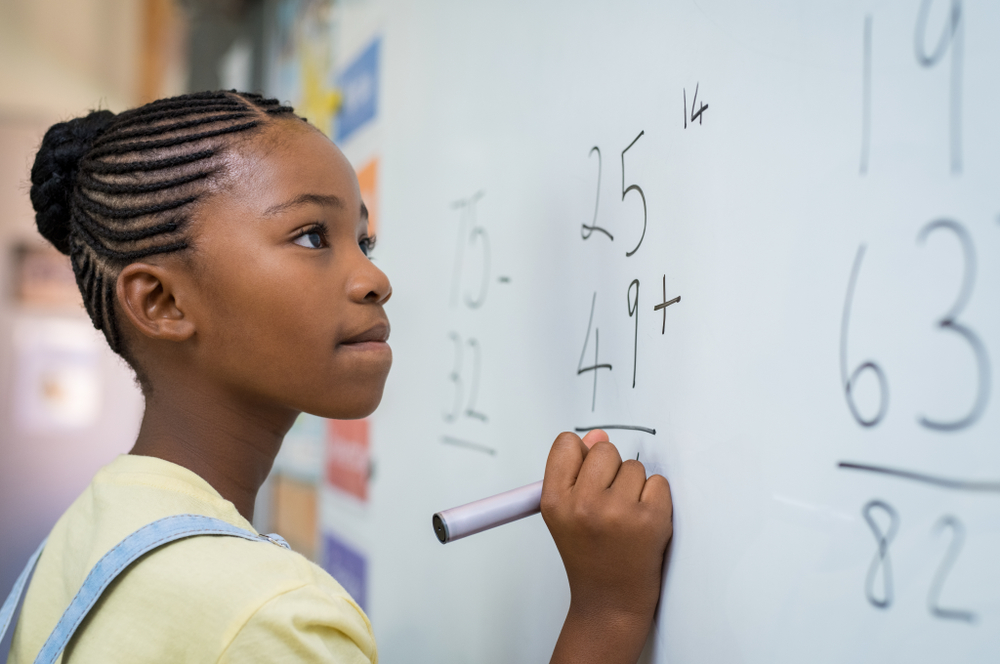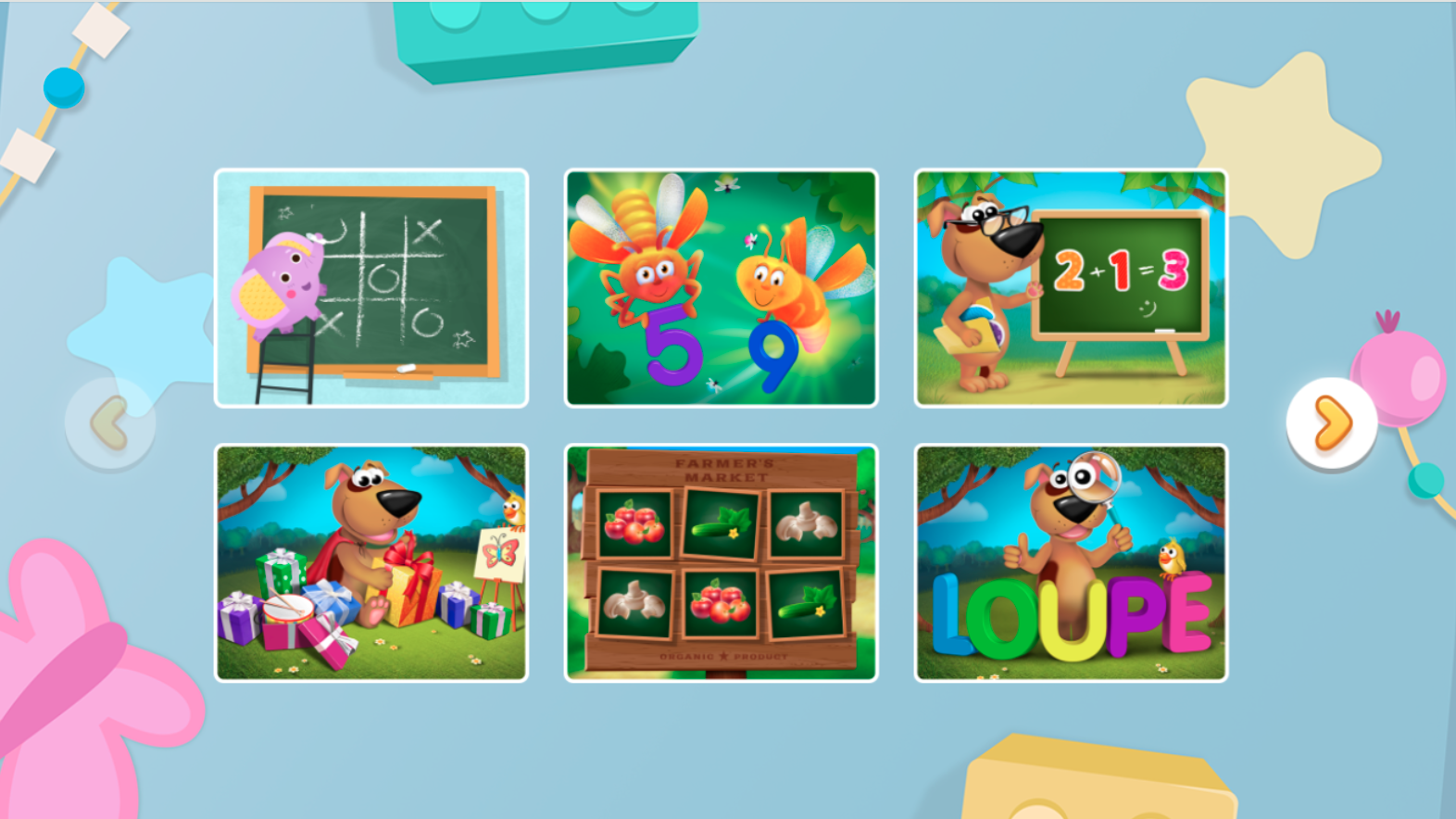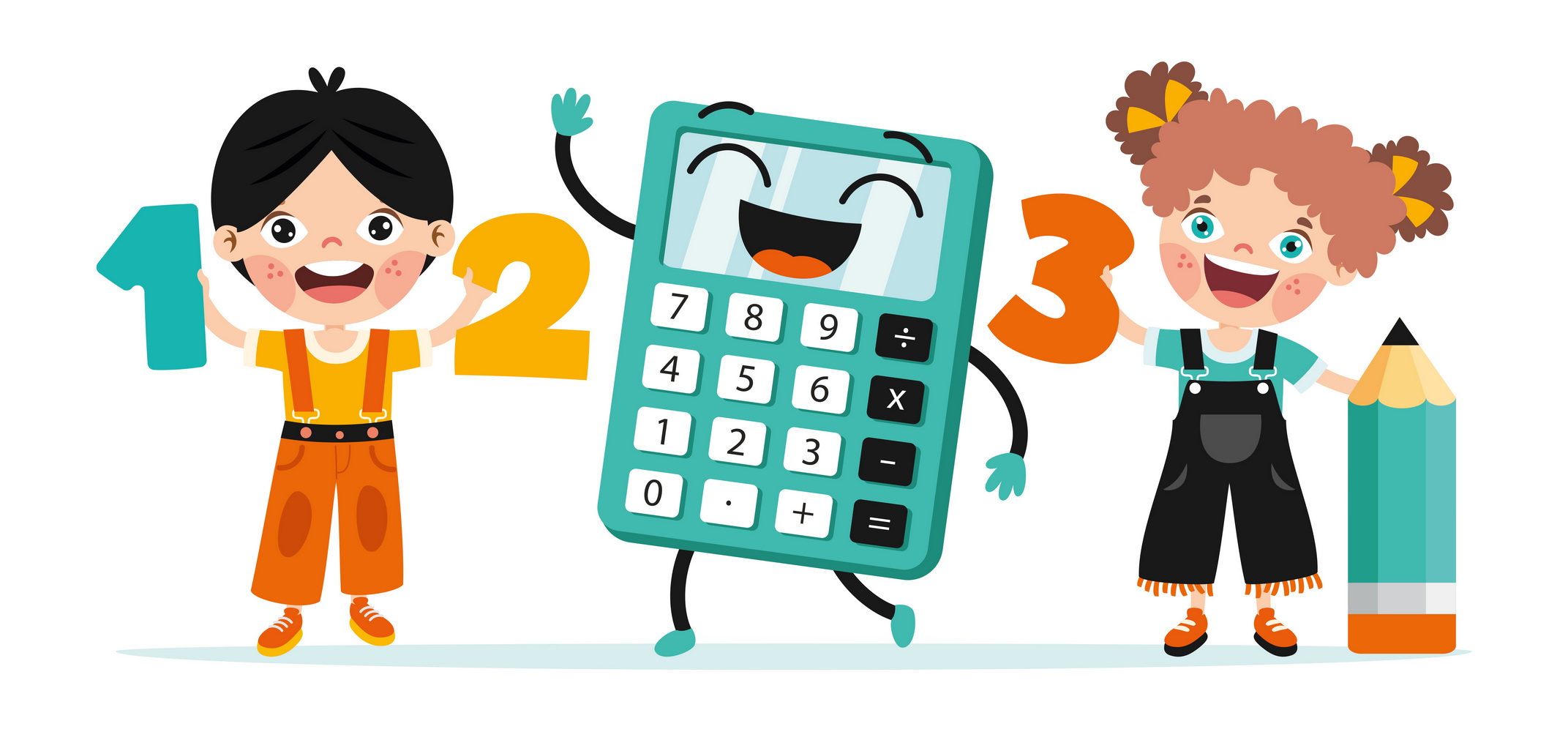Mathematical reasoning Normal Addition & Subtraction Worksheets for Ages 4-9
10 filtered results
-
From - To
Discover our engaging Mathematical Reasoning Normal Addition and Subtraction Worksheets, designed specifically for children ages 4 to 9. These worksheets provide a fun and interactive way for young learners to develop essential math skills. With creative exercises that emphasize problem-solving and critical thinking, our materials help children understand the concepts behind addition and subtraction. Each worksheet encourages exploration and mastery of mathematical reasoning at an appropriate level, fostering confidence and independence in budding mathematicians. Support your child's learning journey with our expertly crafted resources and watch them flourish in their numerical abilities. Start today for a brighter mathematical future!
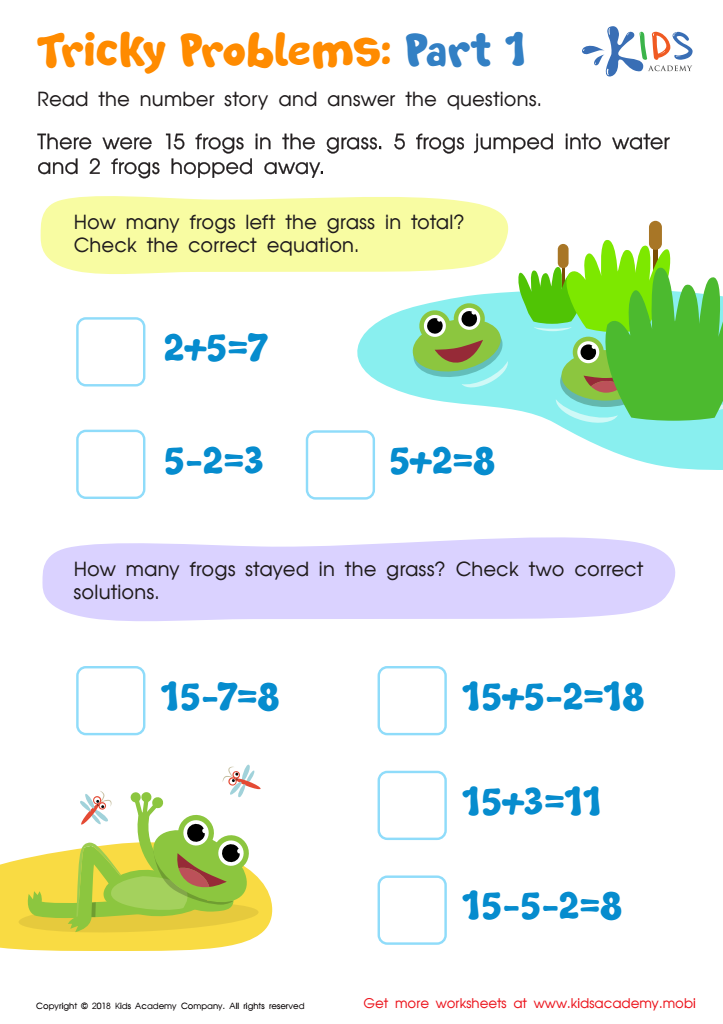

Tricky Problems Worksheet: Part 1
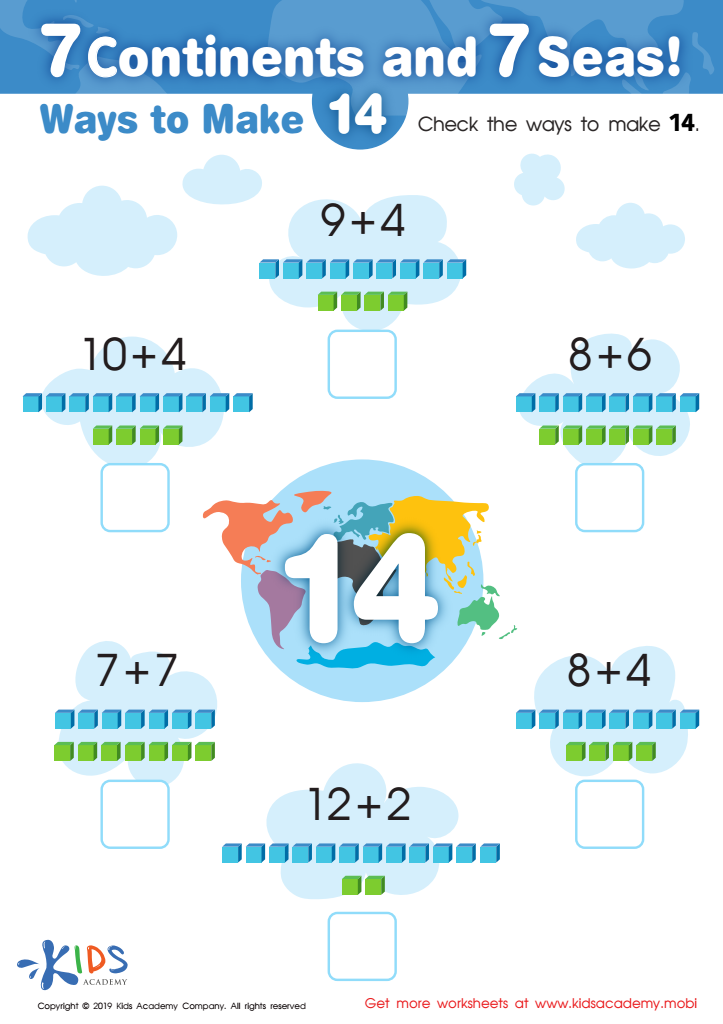

7 Continents and 7 Seas Worksheet
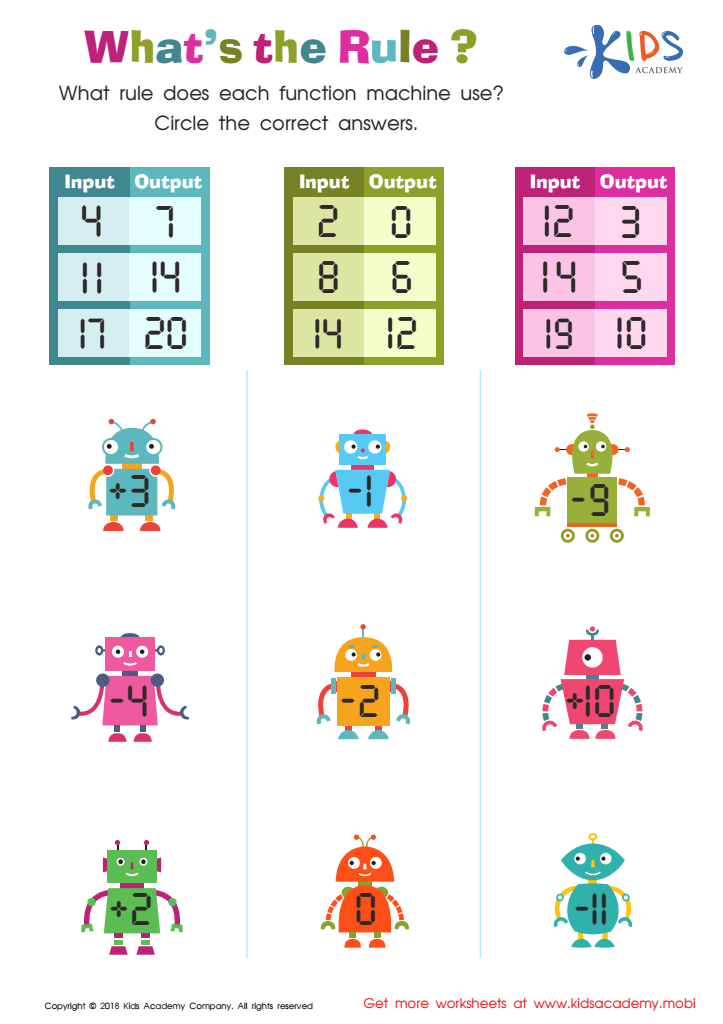

What's the Rule Worksheet
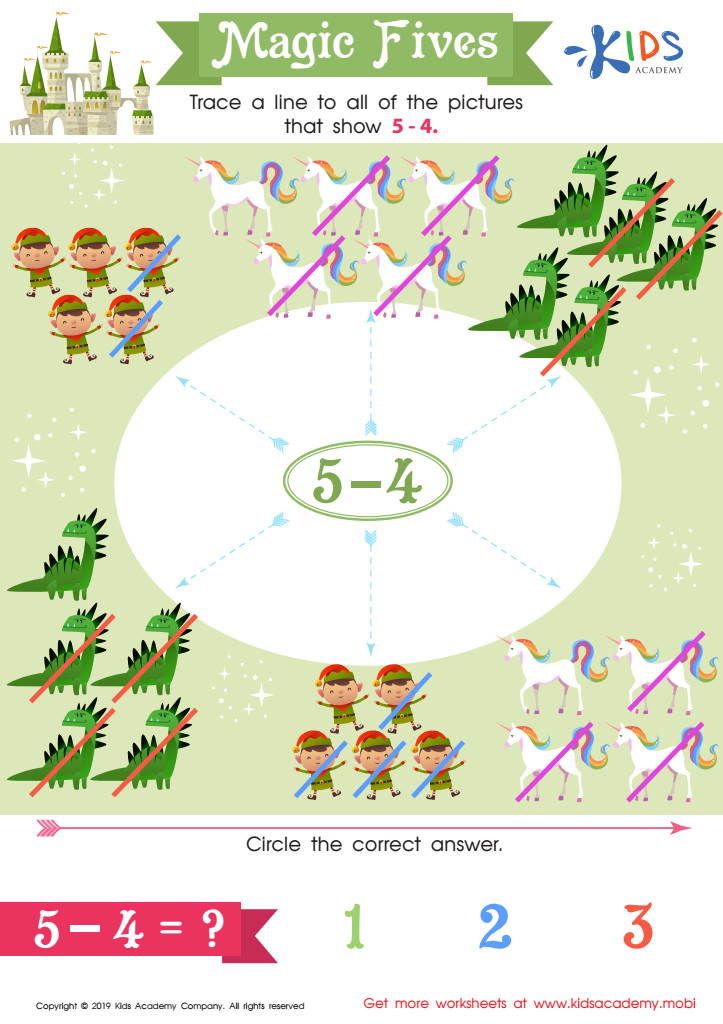

Magic Fives Worksheet


Find the Rule Worksheet
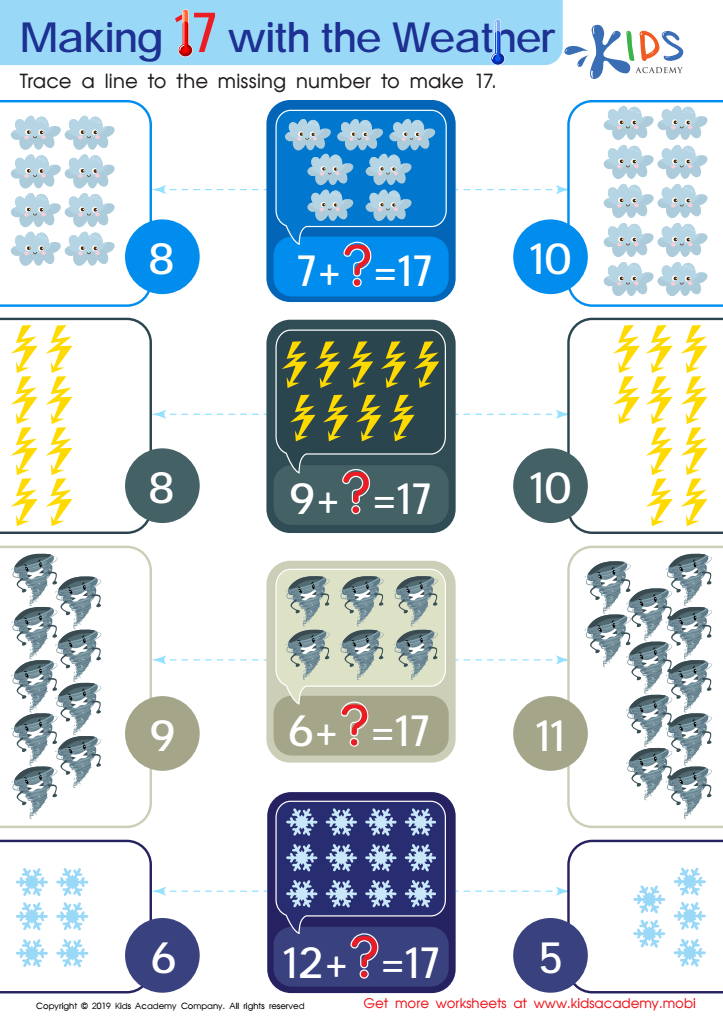

Making 17 with the Weather Worksheet


Count Back to Subtract Substraction Worksheet


What Makes 13 Worksheet
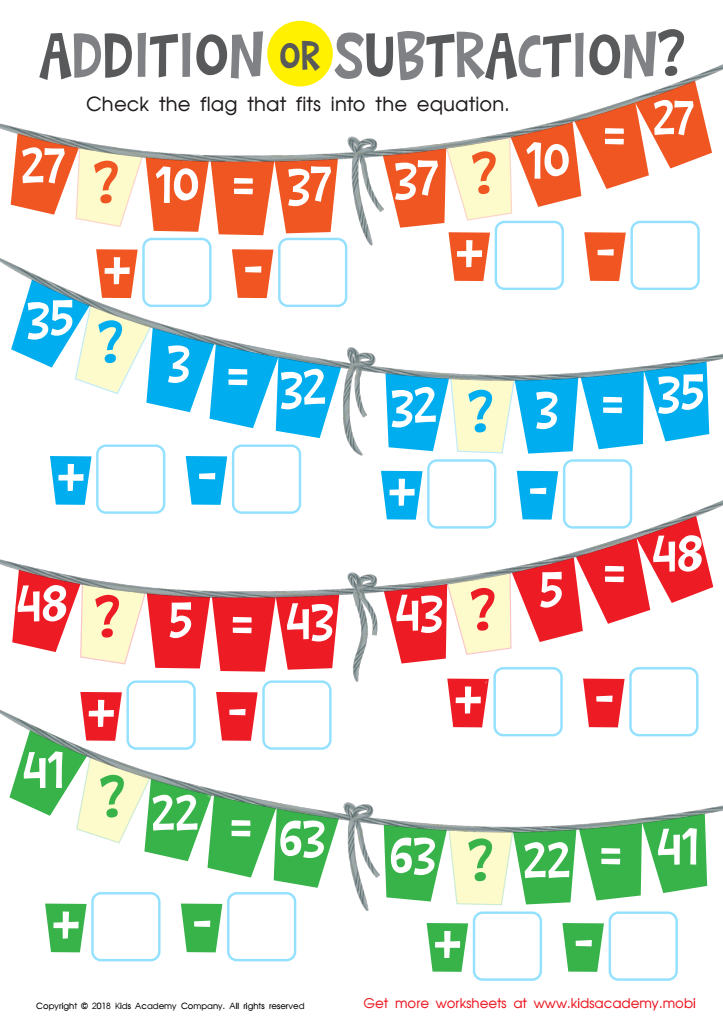

Addition or Subtraction? Worksheet


Free Addition Worksheet
Mathematical reasoning in normal addition and subtraction is crucial for children aged 4-9, laying the foundation for higher-level math skills and critical thinking. During these formative years, children develop essential numeracy skills, which enhance their cognitive abilities and problem-solving skills. Understanding basic addition and subtraction not only fosters a strong mathematical foundation but also boosts overall academic performance.
Teachers and parents should prioritize these skills as they encourage logical thinking and pattern recognition. Engaging children in activities that involve addition and subtraction helps them make connections between numbers and real-world situations. This practical application generates interest in mathematics, making it relevant and enjoyable.
Moreover, strong mathematical reasoning promotes confidence in children. When they grasp these concepts, they're more willing to tackle challenging problems later in their education. Such skills also support success in science and technology subjects, which are increasingly important in today's world.
Furthermore, effective communication about math between parents and teachers fosters a supportive learning environment where children feel empowered. Together, by caring about early mathematical reasoning, adults can cultivate a lifelong appreciation for mathematics that positively influences children's academic journeys and future careers.
 Assign to My Students
Assign to My Students



